In the field of reproductive medicine, the term "IVF" is commonly used. This acronym stands for "In Vitro Fertilization," a revolutionary technique that has helped countless couples achieve their dream of having a baby. IVF involves the fertilization of an egg with sperm outside of the woman's body, in a laboratory dish. The resulting embryo is then transferred back into the woman's uterus, where it can implant and develop into a pregnancy. Let's delve deeper into the meaning and process of IVF.
IVF was first developed in the late 1970s by British scientists, Sir Robert Edwards and Patrick Steptoe. Their groundbreaking work earned them the Nobel Prize in Physiology or Medicine in 2010. Since then, IVF has become a widely accepted and successful treatment for infertility.
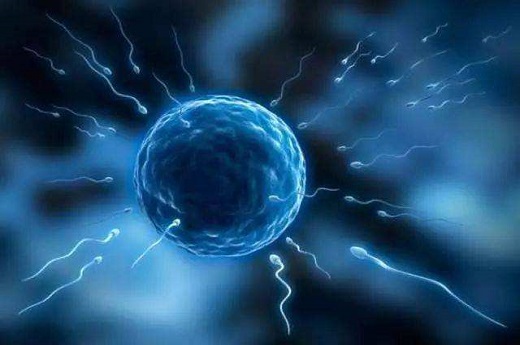
IVF involves several steps, starting with ovarian stimulation. The woman is given medication to stimulate the ovaries to produce multiple eggs. These eggs are then retrieved using a minimally invasive procedure called transvaginal ultrasound-guided aspiration.
Once the eggs are retrieved, they are combined with sperm in a laboratory dish. This can be done through conventional IVF, where the sperm is added to the dish containing the eggs, or through intracytoplasmic sperm injection (ICSI), where a single sperm is injected directly into each egg. The dish is then placed in an incubator, mimicking the conditions of the woman's body, to allow fertilization to occur.
After fertilization, the embryos are monitored for a few days to assess their development. The healthiest and most viable embryos are selected for transfer. The number of embryos transferred depends on various factors, including the woman's age and medical history. Any remaining embryos can be frozen for future use.
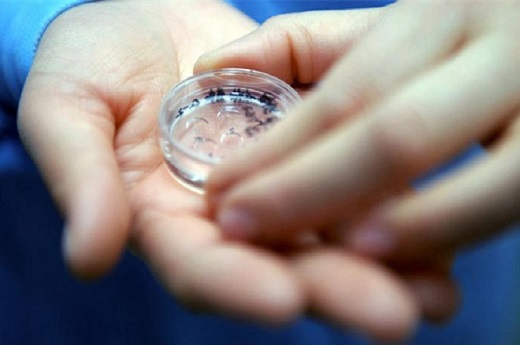
The final step of the IVF process is the embryo transfer. A thin catheter is used to transfer the selected embryos into the woman's uterus, guided by ultrasound. The woman may be advised to rest for a short period after the procedure to increase the chances of successful implantation.
The success rates of IVF vary depending on several factors, including the woman's age, the quality of the embryos, and the clinic's expertise. On average, the success rate for IVF is around 30-40% per cycle, with higher success rates for younger women.
It is important to note that IVF is not a guaranteed solution for infertility. It can be emotionally and financially demanding, and it may require multiple cycles to achieve a successful pregnancy. However, for many couples, IVF offers a ray of hope and the possibility of starting or expanding their family.

In vitro fertilization (IVF) is a remarkable technique that has revolutionized the field of reproductive medicine. It offers hope to couples struggling with infertility and has helped millions of babies come into the world. By understanding the meaning and process of IVF, individuals can make informed decisions about their reproductive options and take steps towards fulfilling their dreams of parenthood.
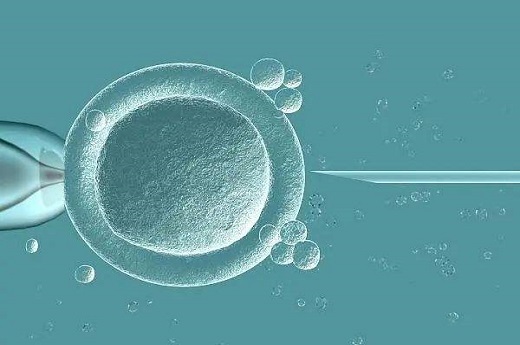
试管婴儿是指通过体外受精技术将受精卵培养至胚胎阶段,然后将胚胎植入母体子宫内,进行妊娠和分娩的方法。赛增打是一种辅助生殖技术,通过在胚胎植入前进行基因筛选,以排除一些遗传病和染色体异常,提高婴儿的健康率。那么,试管婴儿赛增打到什么时候才能实现呢?本文将详细
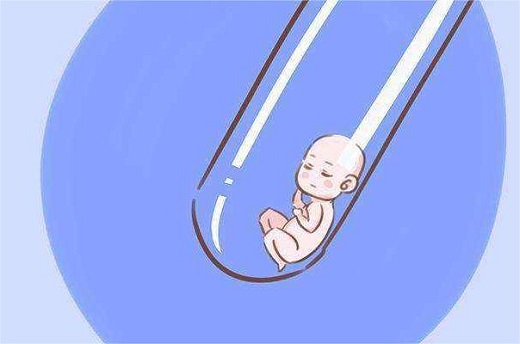
试管婴儿手术视频 试管婴儿手术是一种辅助生殖技术,被广泛应用于治疗不孕不育症。手术过程需要精确的操作和专业的医疗团队,拍摄试管婴儿手术视频需要有专业的技术和知识。下面我们将详细介绍如何拍摄试管婴儿手术视频。 准备工作 在拍摄试管婴儿手术视频之前,需要做好充分的准
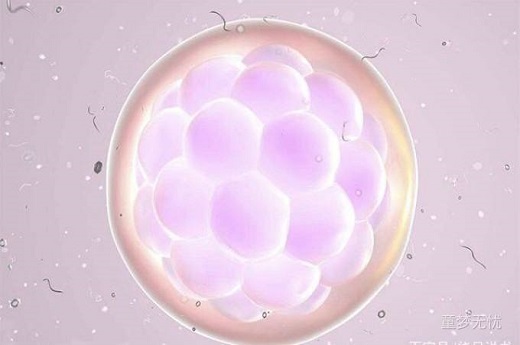
试管婴儿做无创是什么意思? 试管婴儿是一种辅助生殖技术,是指将女性的卵子和男性的jz在实验室中结合,培育出胚胎,然后将胚胎移植到女性子宫内,使其发育成为婴儿。而无创试管婴儿则是在试管婴儿技术的基础上,采用了无创的基因检测技术,用于筛查胚胎的染色体异常和单基因
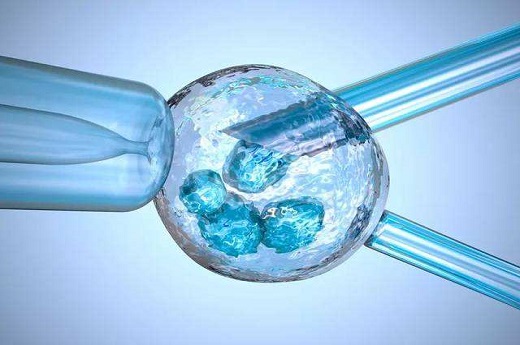
试管婴儿是一种辅助生殖技术,为那些无法自然怀孕的夫妻提供了一个机会,让他们实现成为父母的梦想。对于男士来说,在进行试管婴儿过程中,也有一些注意事项需要特别关注。下面我们将详细介绍试管婴儿男士需要注意的几个方面。 1. 健康状况 在进行试管婴儿前,男士需要确保自己的
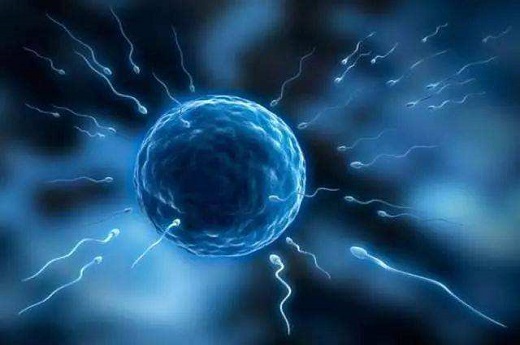
试管婴儿,也被称为辅助生殖技术婴儿,是通过体外受精和胚胎移植等技术方法,在实验室中辅助受孕的婴儿。与自然受孕的婴儿相比,试管婴儿在体重上可能会出现减重慢的情况。下面将详细探讨试管婴儿为什么减重慢。 1. 早产 试管婴儿往往比自然受孕的婴儿更容易早产。早产的婴儿

试管婴儿的缺陷和风险 试管婴儿是现代医学技术的一项伟大成就,它使得许多不孕不育夫妇能够实现生育的愿望。试管婴儿也存在一些缺陷和风险,这些问题需要引起人们的重视。 遗传缺陷 试管婴儿的一个重要问题是遗传缺陷。由于人工受孕的过程中,胚胎的基因可能会发生变异或者缺
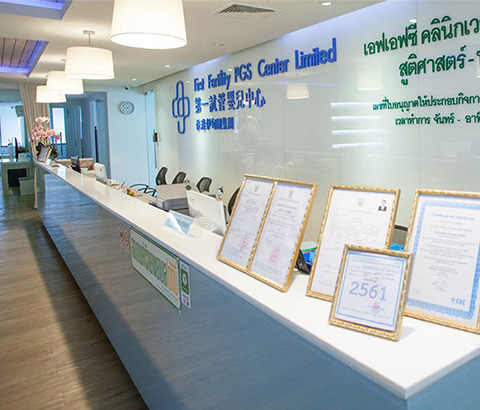
泰国第一试管婴儿中心位于曼谷市中心四季酒店附近,占地1500平方米,是曼谷大型的泰国试管婴儿医院专科诊所之...

泰国三美泰医院成立于1979年,是泰国同行业中出于领先地位的私立医院集团。其中的总院三美泰素逸坤医院,位于...

泰国威它尼医院是一所在泰国领军的泰国试管婴儿医院,同时面向本地和国际病患。自1994年成立以来,一直提供更...

泰国康民国际医院,泰国试管婴儿医院创立于1980年,2002年首获全亚洲第一个JCI国际医疗认证。位于泰国曼谷的核...